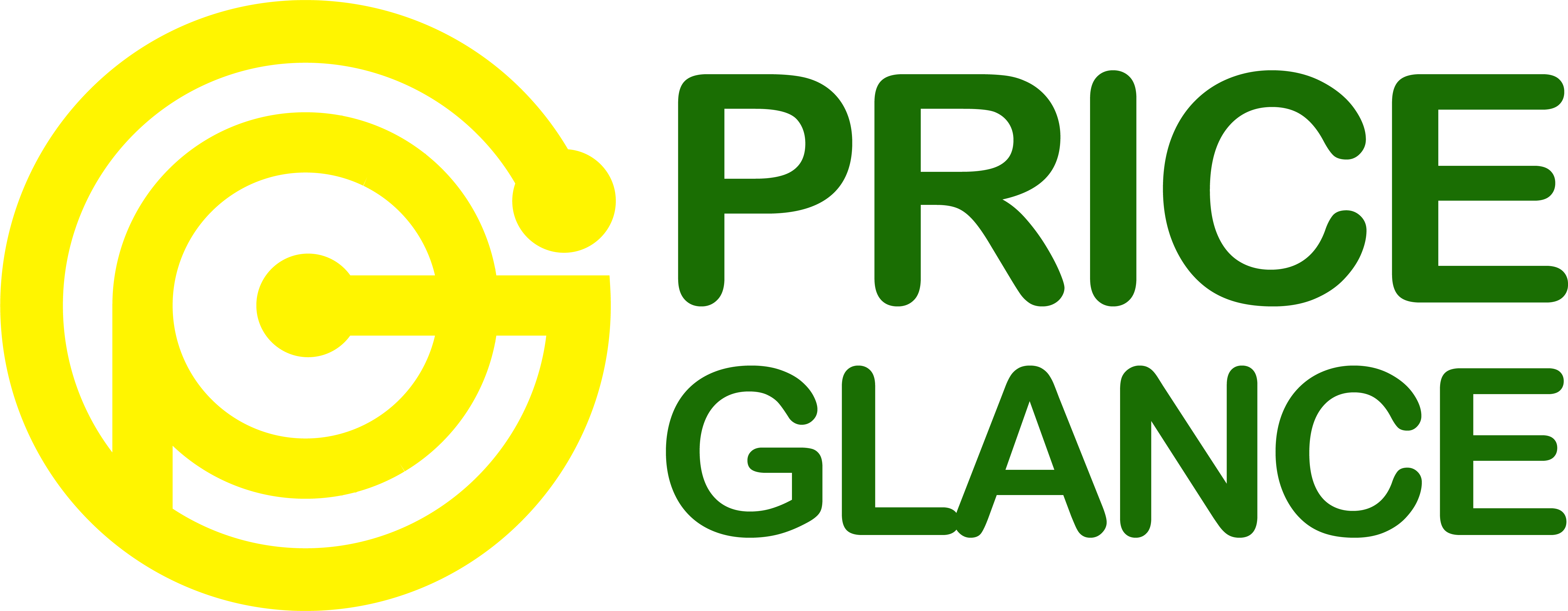
In today’s fiercely competitive business landscape, staying ahead of the game is crucial for success. One powerful tool that can help businesses gain a competitive edge is competitor analysis. Understanding your competitors, their strengths and weaknesses, and their strategies is essential for crafting a winning strategy of your own. In this comprehensive guide, we will delve into the art of competitor analysis and how it can pave the way for your business’s success.

What is a competitor analysis?
Competitor analysis is the process of gathering and evaluating information about the competitors of a business. This information can be used to identify the strengths, weaknesses, opportunities, and threats that competitors are facing.
The Significance of Competitor Analysis:
Before we dive into the nitty-gritty of competitor analysis, it’s important to understand its significance:
1. Market Intelligence: Competitor analysis provides valuable market intelligence. It offers insights into current market trends, customer preferences, and emerging opportunities.
2. Identifying Competitive Advantages: By scrutinizing your competitors, you can identify areas where they excel and areas where they fall short. This information helps you pinpoint your own competitive advantages.
3. Strategic Decision-Making: Armed with data about your competitors, you can make informed strategic decisions. You can refine your business strategies and make better choices on pricing, product development, and marketing.
4. Risk Mitigation: Understanding your competitors’ strategies allows you to anticipate potential threats. This is essential for risk mitigation and ensuring your business remains resilient.
The Competitor Analysis Framework: Step by Step

Let’s break down the process of competitor analysis into a step-by-step guide:
1. Identify Your Competitors:
Direct Competitors: These are businesses that offer products or services similar to yours and target the same customer base.
Indirect Competitors: These are companies that provide products or services that can meet similar customer needs, even if they don’t operate in the same niche.
2. Gather Information:
Market Position: Understand where your competitors stand in the market. Analyze their market share, customer base, and growth rates.
Product/Service Offering: Study your competitors’ product/service portfolios. What do they offer, and how does it compare to your offerings?
Pricing Strategy: Examine their pricing strategies. Are they positioned as low-cost providers, or do they emphasize premium pricing?
Marketing Strategies: Investigate their marketing efforts. What channels do they use, and what messages are they conveying?
Customer Reviews and Feedback: Analyze customer reviews to identify common pain points and satisfaction levels.
3. Evaluate Strengths and Weaknesses:
Operational Strengths: Assess the efficiency of your competitors’ operations, including supply chain management and customer service.
Market Presence: Determine the reach and influence of your competitors in your industry.
Financial Health: Analyze their financial reports to understand their stability and growth potential.
4. Analyze Market Trends:
Stay up-to-date with market trends, emerging technologies, and shifts in customer behavior. How are your competitors adapting to these changes?
5. Understand Your Target Audience:
Investigate the demographics and preferences of your competitors’ target audience. How do they engage with customers, and what needs are they addressing?
Utilizing Competitor Analysis for Success
Competitor analysis is a valuable tool when wielded effectively:
1. Strategy Refinement: Adjust your business strategy based on the strengths and weaknesses you’ve uncovered in your competitors.
2. Product and Service Innovation: Use competitor insights to innovate and differentiate your products or services, making them more appealing to your target market.
3. Tailored Marketing Campaigns: Craft marketing campaigns that emphasize your unique selling points and address your target audience’s specific needs more effectively than your competitors.
4. Continuous Monitoring: Remember that competitor analysis is an ongoing process. Regularly monitor your competitors and adapt your strategies to stay competitive in a dynamic market.
Conclusion
In conclusion, competitor analysis is the key to unlocking success in today’s business world. By comprehensively understanding your competitors and translating this knowledge into strategic action, you can gain a competitive advantage, meet and exceed industry standards, and ultimately thrive in your market. The art of competitor analysis is not a one-time effort; it’s a continuous journey toward sustained success.
